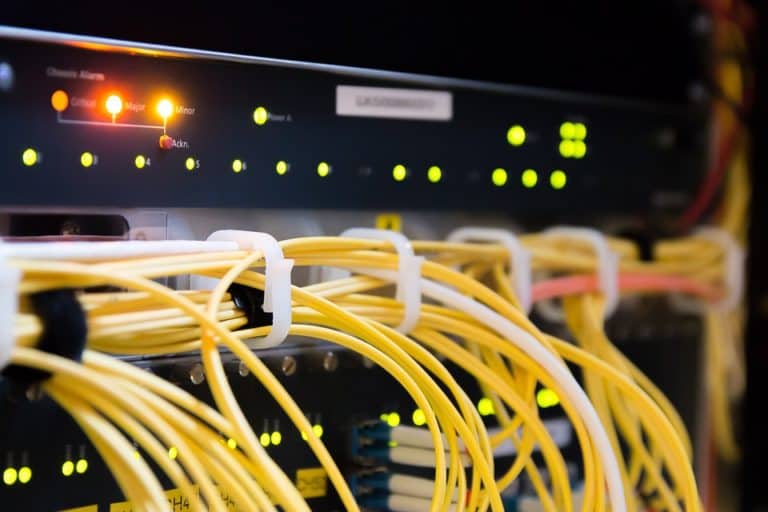Today’s offices rely heavily on telecommunications infrastructure in order to run properly. Infrastructure cogs such as the local office and intranet, the cloud, email, Voice over Internet Protocol (VoIP), and the internet all run through the same hardware. The increasing dependence on telecommunications, the rapid rise in devices accessing the company internet, and the use of the same equipment for voice calling and data has created issues with security and reliability, and leads to headaches with telecom expense management. These factors have forced companies to make communications a big part of the budget to avoid risk and vulnerability.
Network Groupings
Efficiency is not the same as reliability; however, for users, a fast network means they can do their job with less wasted time. When planning networks, grouping IP addresses efficiently can help make operations more reliable and improve response time. One way to do this is to map out the IP addresses for different devices that require a static address. Assign a range of fixed IP addresses for servers, network devices, and printers. At the same time, provide a variety of IP addresses for the Dynamic Host Configurations Protocol (DHCP) assignment.
Assigning Roles to Devices
DHCP serves an important purpose in any server environment. It is best to have this task given to a network router rather than to a server. Routers are more reliable than servers, so if the servers fail, there is no disruption of service for network clients.
Additionally, there is no more use for hubs and repeaters in the modern network setup. The cost of routers has dropped so significantly that network hubs cannot compete in terms of performance over price.
Voice over IP
The use of VoIP is a significant contributor to the growing importance of telecommunications. These technologies provide cheap methods of talking with one another. However, there is a danger when voice and data pass through the same line and equipment, especially when these two are treated the same.
VoIP should have its own subnet, which does not overlap with existing data nets. This ensures that there are no leaks between networks, and it helps to prevent unauthorized entry to VoIP calls. Preferably, there should also be built-in redundancy in equipment used. This is a dynamic approach, which ensures that there is no single point of failure. The redundancy can also lead to improved delivery of services, and it can be used to prevent failure of services when a network device or a cable fails.
Unfortunately, challenges are inevitable where telecommunications are concerned, but if you plan for them in advance, you have a good chance of sidestepping a majority of the trouble you would be in otherwise. Be conscious as you set up your company’s telecommunications infrastructure, have back-up plans in place, and avoid sharing voice and data lines, and you will be well prepared.
Are you looking for support with telecom and fixed invoice management? We can help.



